Burbank was initially part of Rancho San Rafael and La Providencia, which were land grants from the Spanish government. As a result of a military skirmish in this area, the Spanish Governor of California was unseated, and the Mexican leader Pio Pico was appointed. A Los Angeles dentist, David Burbank, established a sheep ranch there in 1867; he also sold a right-of-way to the Southern Pacific Railway, enabling the railroad to reach the area in 1874, following which the city began to grow. The Providencia Land, Water, and Development Company laid out Burbank in 1887.
When Burbank was settled, the streets were aligned along what is now Olive Avenue, a road that leads to downtown Los Angeles and the Cahuenga Pass. The Native Americans traveled along these roads, and the early settlers took their produce down to Los Angeles for sale and to buy supplies along these routes. During that time, stagecoach and train were the primary long-distance transportation methods available in the San Fernando Valley. The Valley became a stagecoach route between Los Angeles and San Francisco in 1858. The Southern Pacific Railroad reached the Valley in 1876, completing the route between San Francisco and Los Angeles.
#1 Early picture of Luther Burbank’s old home 1884
#2 First brick building in Burbank 1888
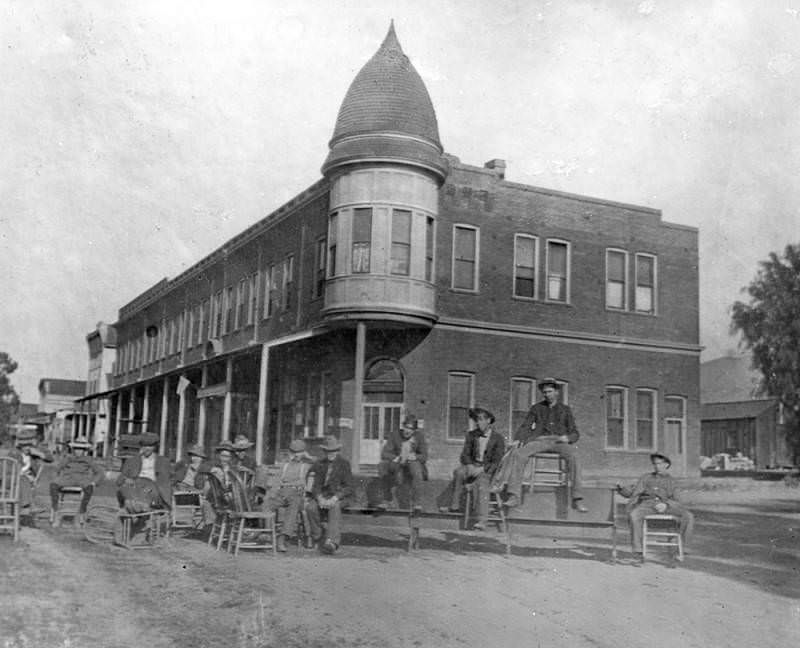
Group photo of several men sitting in front of the Burbank Block. The Burbank Block was the first brick building in town, located on San Fernando Road (now Golden Mall) and Olive Avenue in Burbank. The Brick Block was erected during 1887 by the Provedencia Land & Water Co. for the newly platted town of Burbank.
#3 Luther Burbank’s home, Lancaster, Massachusetts 1880
#4 Andrew Frei fruit trees, 1890
#5 Burbank at Mount Vernon–Retouched 1888
#6 Front porch of old house 1890
#7 Burbank Villa Hotel, 1887 1887
#8 Burbank Block Building 1888
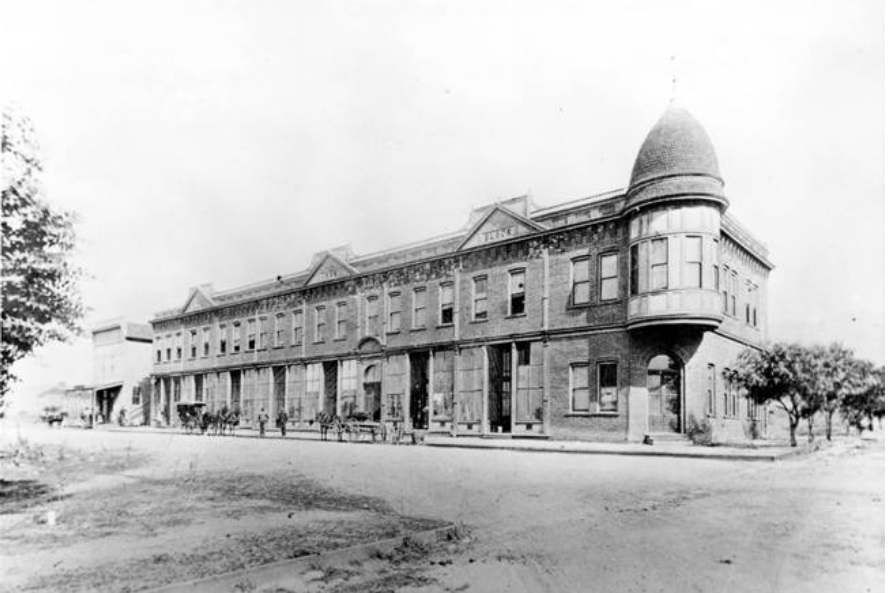
The Burbank Block Building, the first brick building in the area, shortly after its construction at Olive Avenue and San Fernando Boulevard, with people, horses, and carriages at left. In 1910 many of its decorative pediments were removed, and the cupola was removed following earthquake damage, possibly in 1933. The building has housed a post office, restaurants, and office space.
#9 Flock of sheep watering 1878
#10 The Church of the Angels, 1100 North Avenue 64, Highland Park (or Garvanza?), Los Angeles, ca.1895-1899
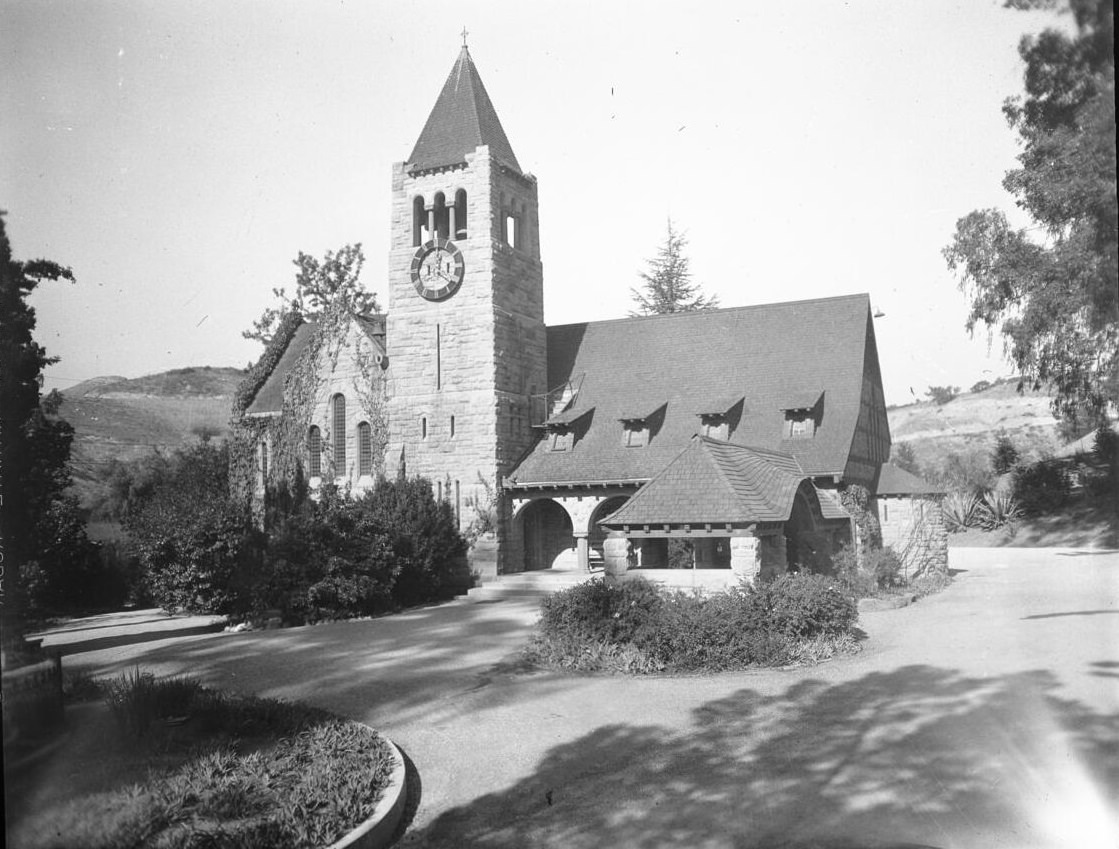
Photograph (streetscape, horizontal photography) of the Church of the Angels, 1100 North Avenue 64, Highland Park. The Victorian-style church is about four-stories tall. It features a clock tower, inclined roofs, and stone masonry walls. A built to surround the property also is made of stone masonry. Trees surround the property. Hills are visible in the background.
#11 James Jeffries with his wife and niece Rebecca outside their home in Burbank, 1890s
#12 Olive Street, Burbank, 1890s.
#13 Olive Avenue in Burbank 1889
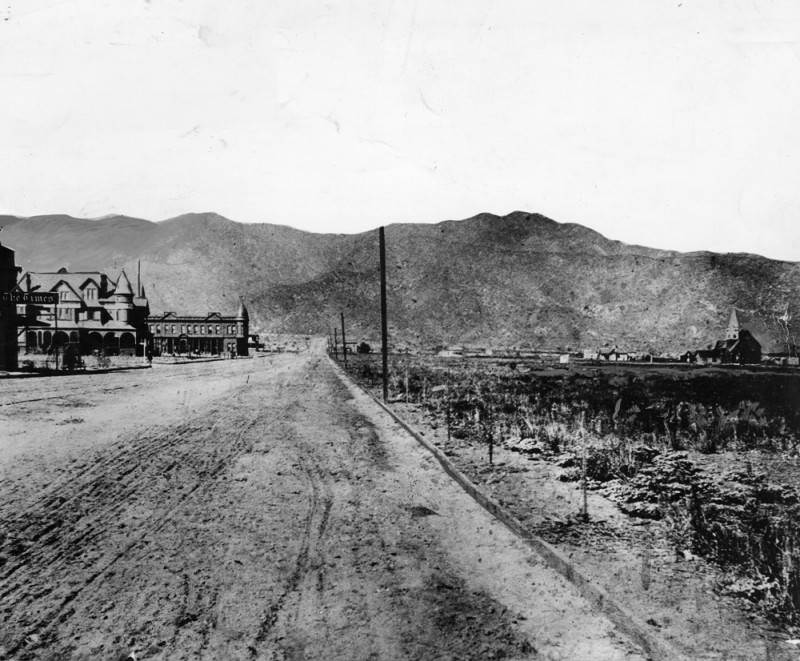
The Burbank Villa Hotel was built in 1887 by Dr. Burbank and his son-in-law John W. Griffin at a cost of $30,000.00. It was later renamed the Santa Rosa Hotel and remodeled into apartments. By the late-1920s, it had been torn down and replaced with the post office located at 135 E. Olive Avenue.
#14 Burbank Furniture Manufacturing Company, 1887
#15 Lancaster, Massachusetts–birthplace of Luther Burbank 1870
#16 View of Lancaster, Massachusetts, Countryside 1870
#17 View of corner of Santa Rosa Avenue and Tupper Street 1895
#18 Santa Rosa Avenue from Sonoma County Courthouse roof 1886
#19 Burbank Park 1890
#20 Unidentified group of children on parade 1890
#21 Burbank Villa Hotel, 1887
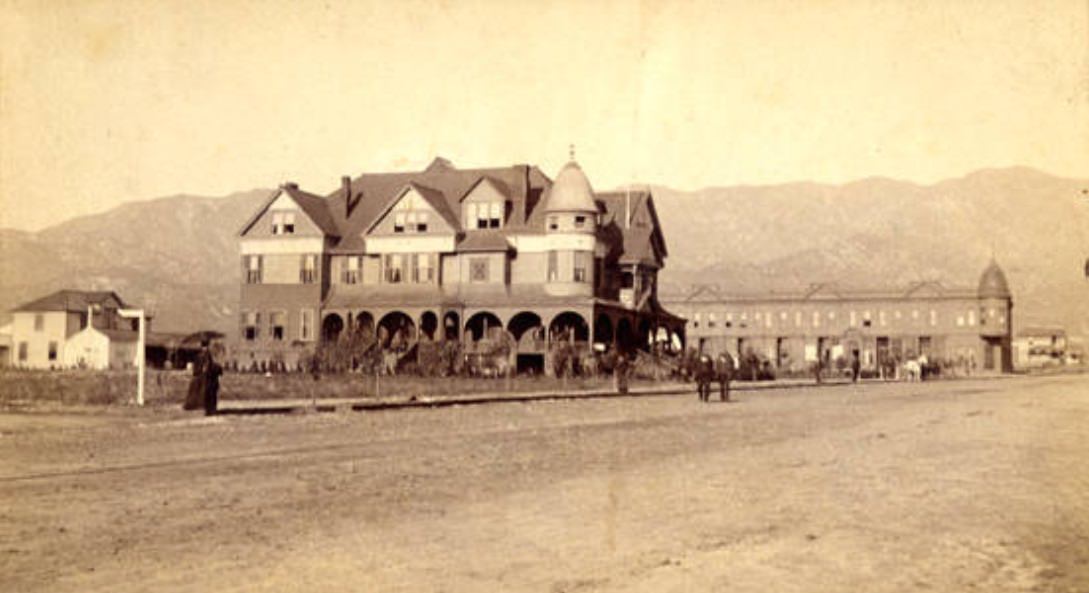
Street scene including the Burbank Villa Hotel, Burbank, Calif. The Burbank Villa Hotel (with turret, gables, and verandas with arches) was built by Dr. Burbank and his son-in-law John W. Griffin in 1887 at a cost of $30,000.00. Later the hotel was renamed the Santa Rosa Hotel and was a popular place for weddings and parties. During the 1920s the hotel was remodeled into apartments and by 1927 it had been torn down and replaced by the post office. Today, this post office is known as the Burbank Downtown Station and is located at 135 E.
#22 View looking northeast on Olive Street in Burbank, showing the Times building, ca.1898
#23 View of Olive Avenue looking southeast, showing Burbank in the distance, ca.1887
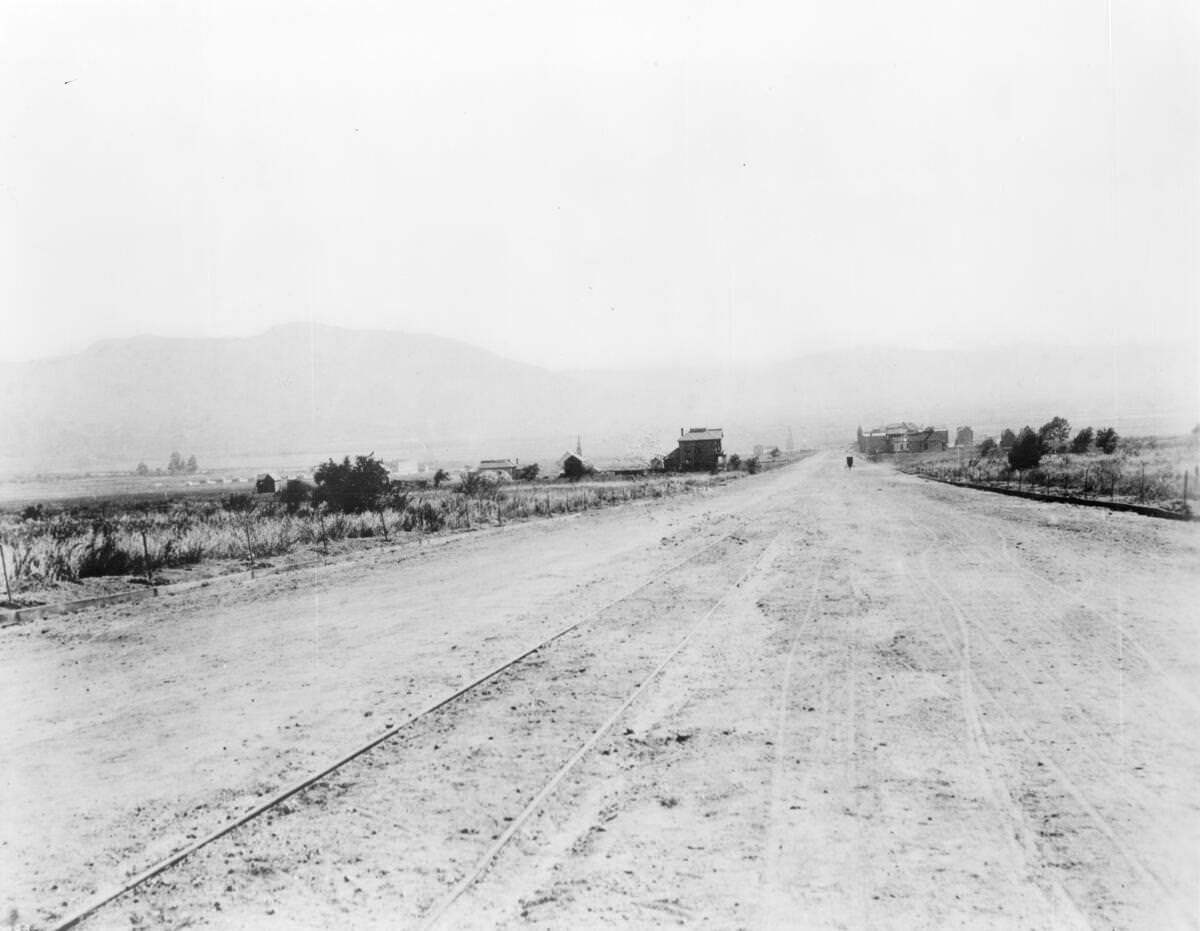
An unpaved road fills most of the frame, showing a horse-drawn trolley-car track at its center that was discontinued after roughly one year. In the distance, a horse-drawn carriage navigates the road, flanked to either side by diffuse farm homesteads. A windmill tower and the spires of a church can be seen to the left of the street. Mountains are visible along the horizon.
#24 Glendale ostrich park 1885
#25 Family members on a farm near Cahuenga Pass, 1890.
#26 Broadway looking south from Second Street, Los Angeles, ca.1895-1905
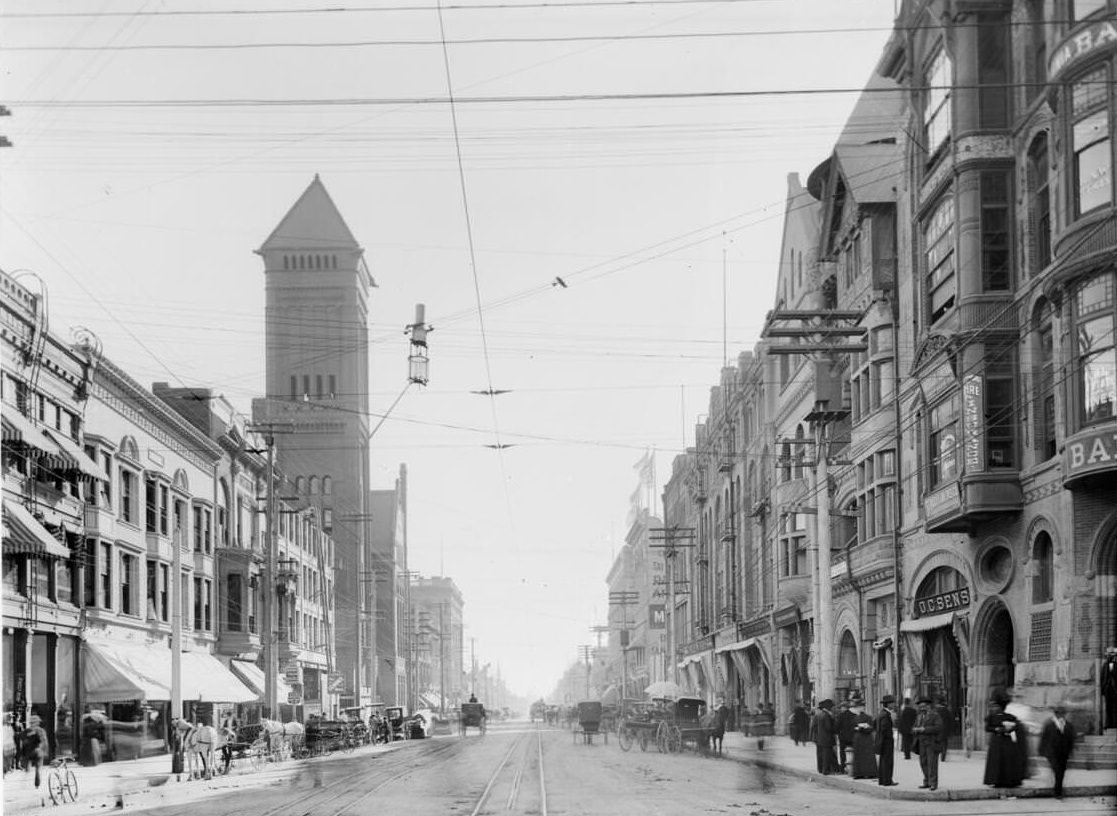
Photograph of Broadway looking south from Second Street, Los Angeles, ca.1895-1905. Three- and four-story buildings line both sides of the road, which runs from the foreground to the background at center. City Hall is visible, as are horse-drawn carriages and numerous pedestrians on the sidewalk. Street car rails are in the middle of the road. Utility wires are visible overhead.


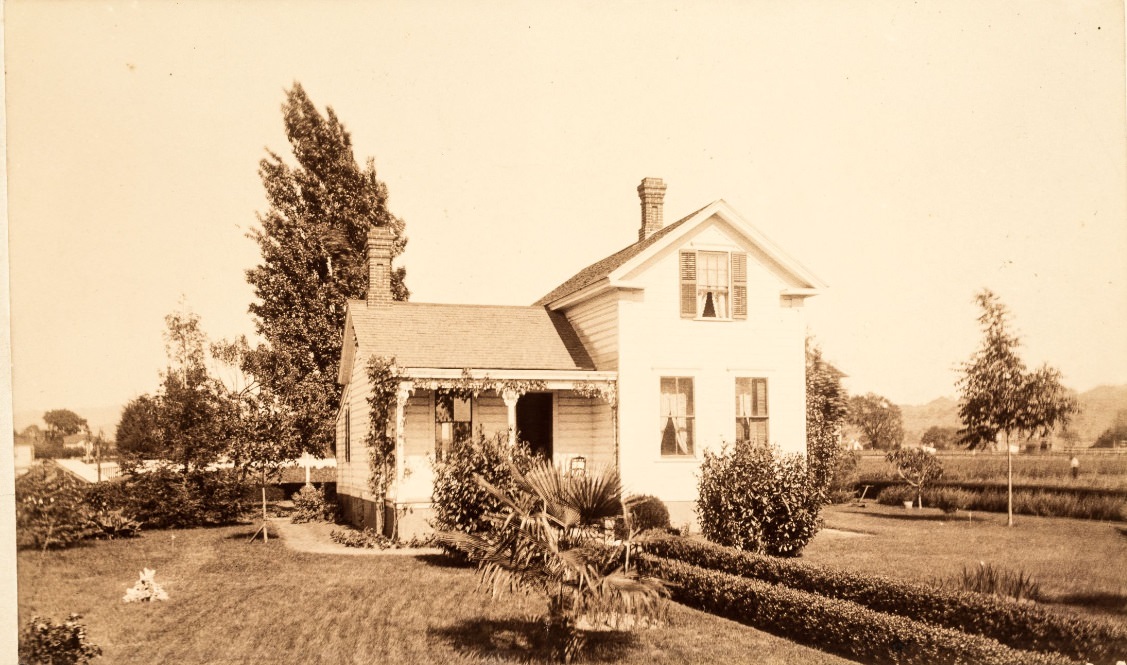
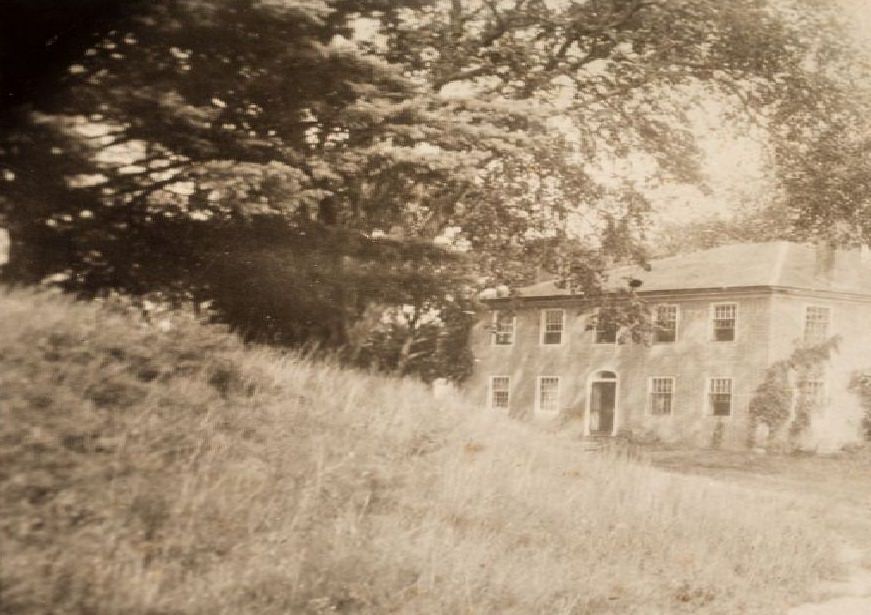
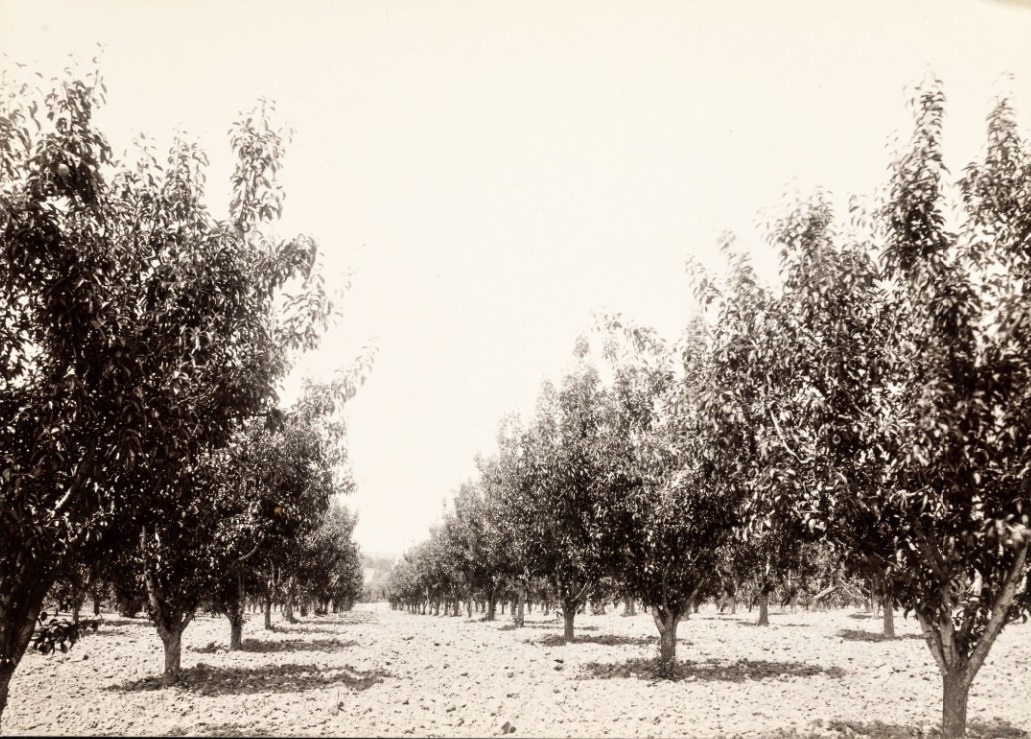
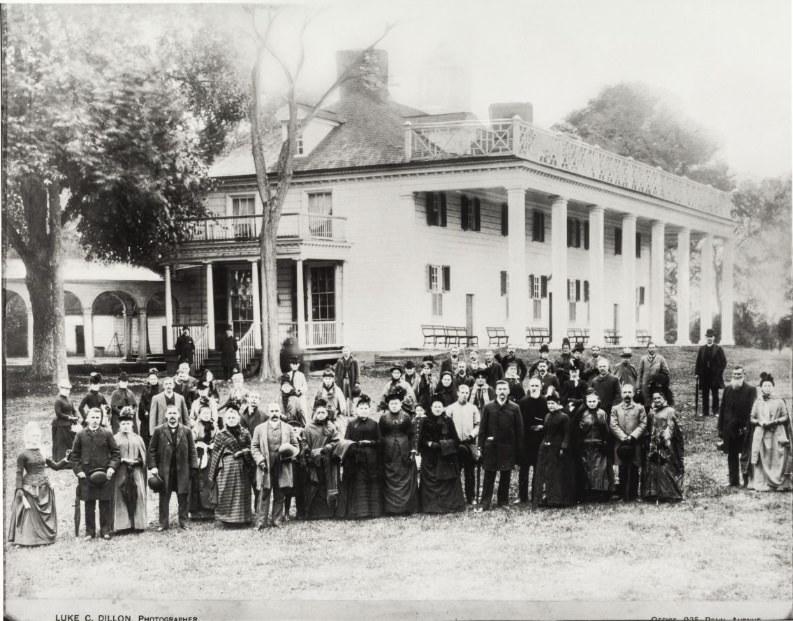
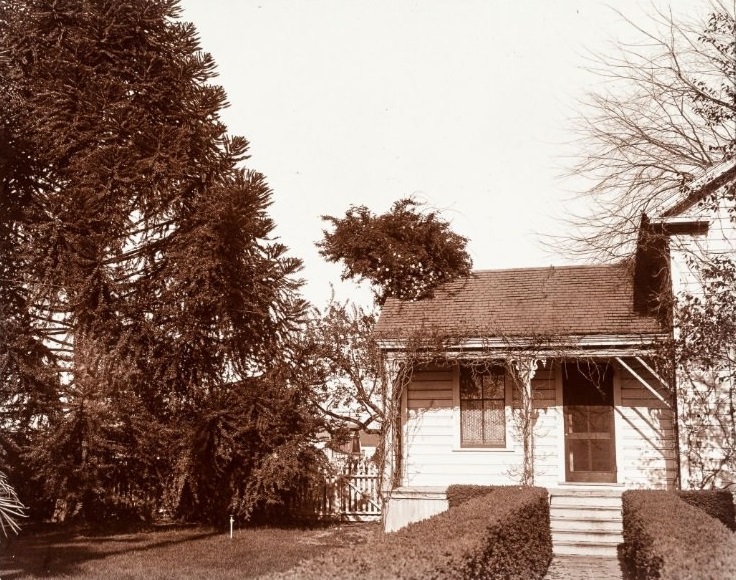
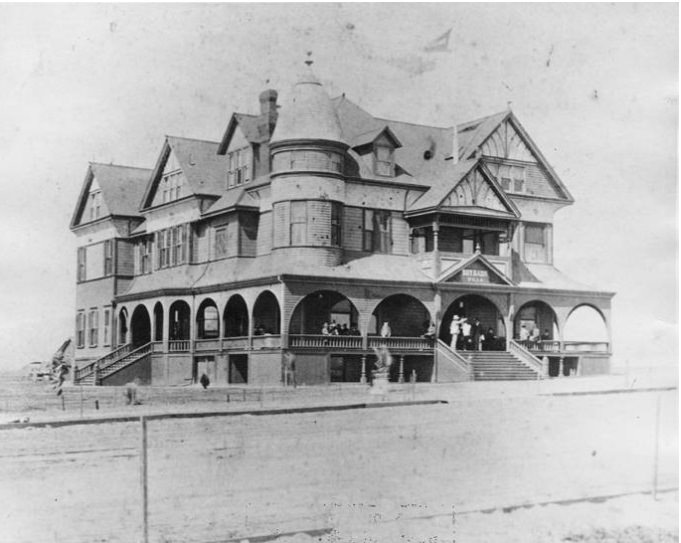
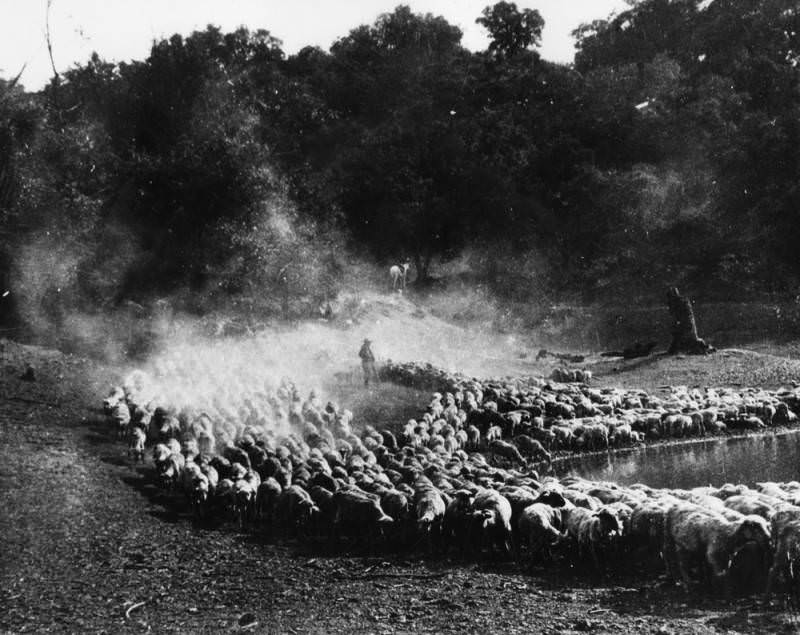
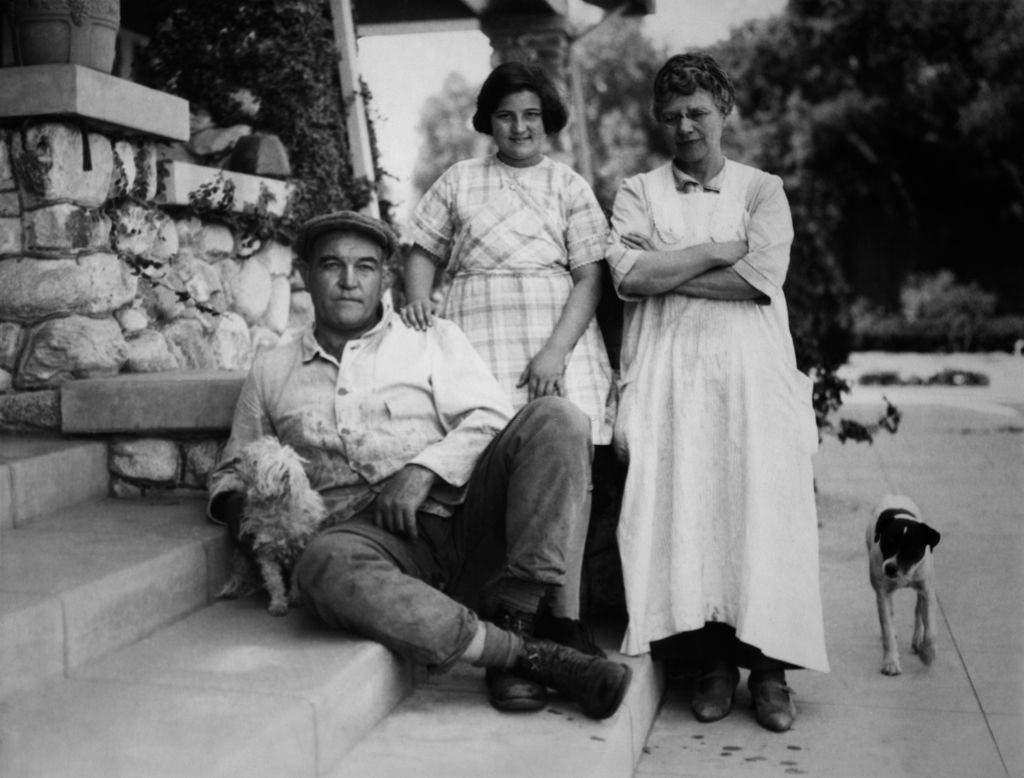
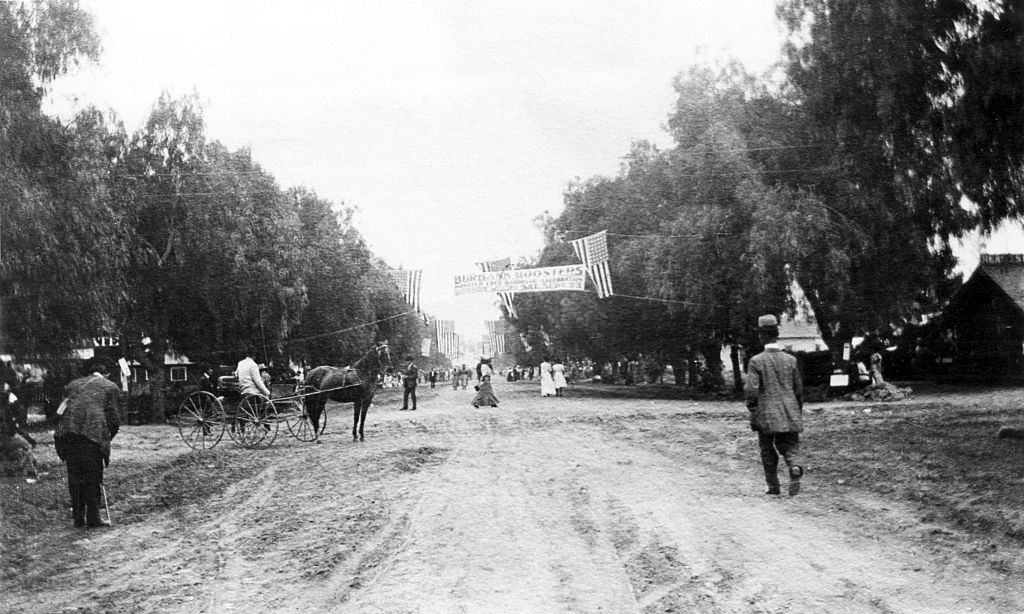
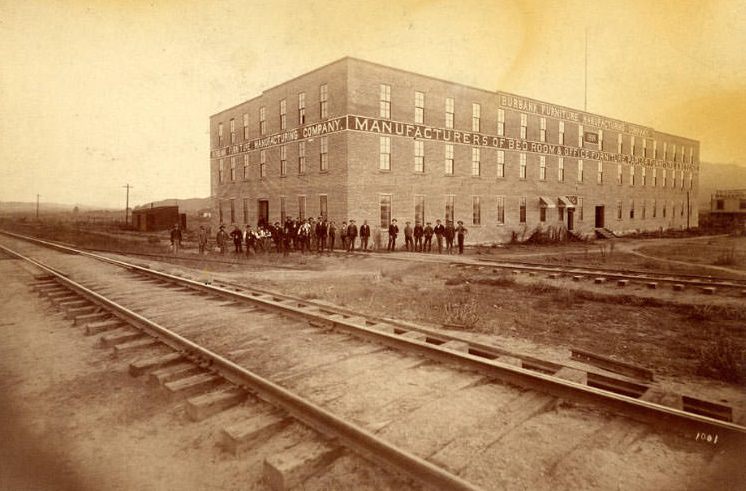
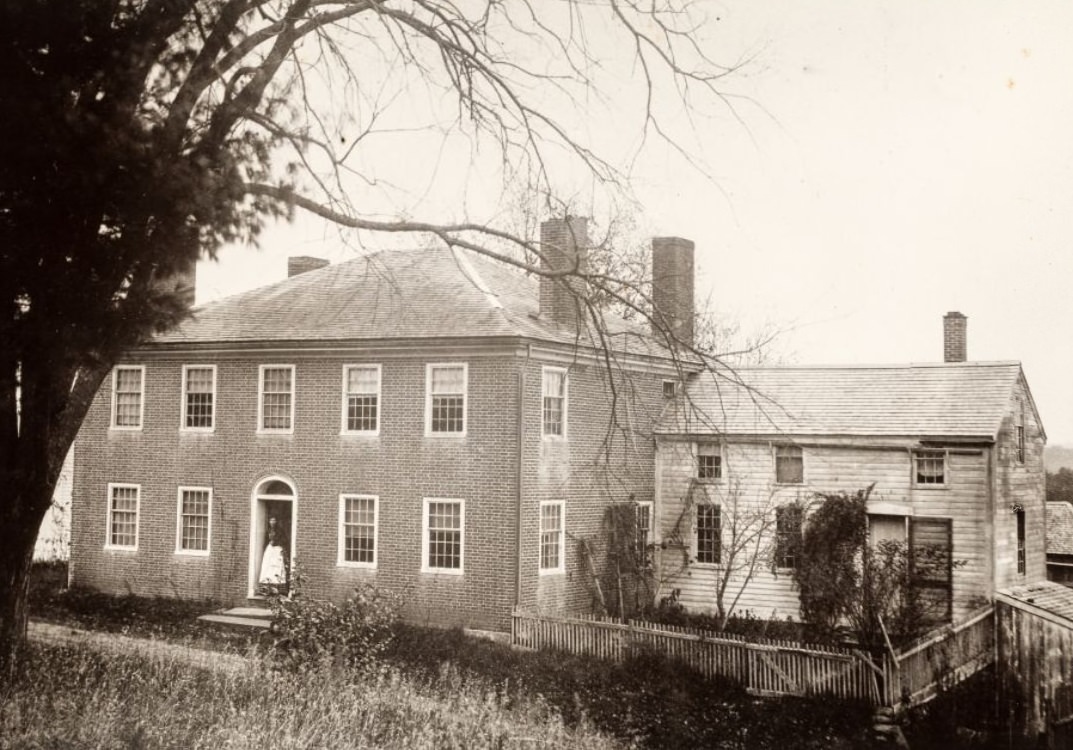
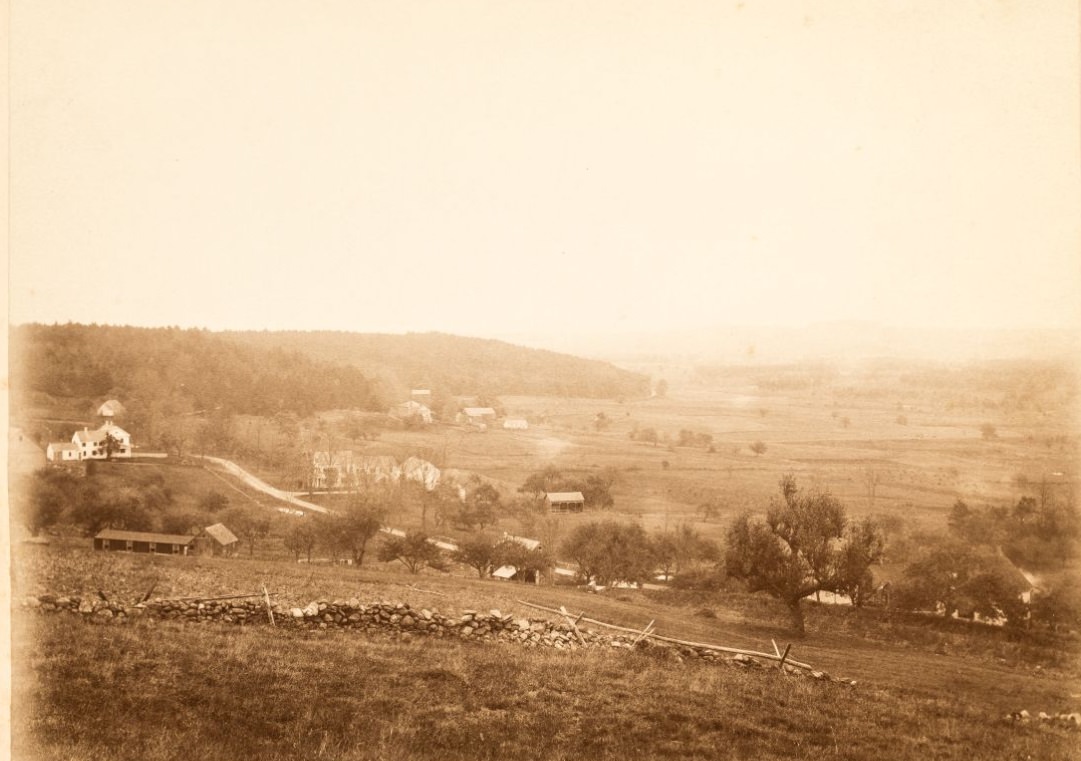
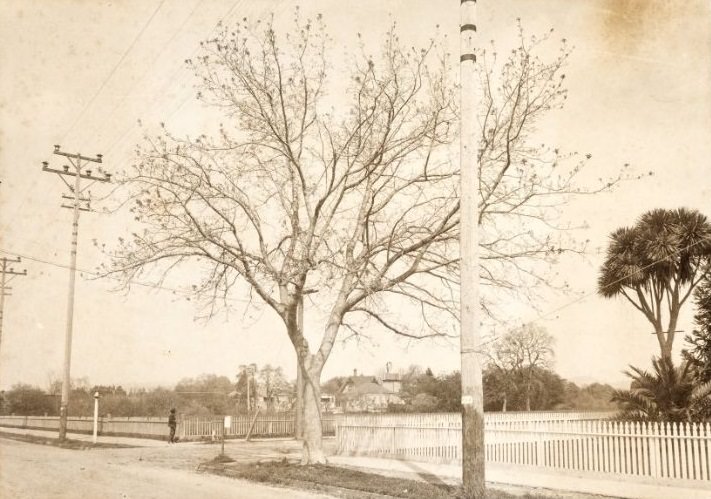
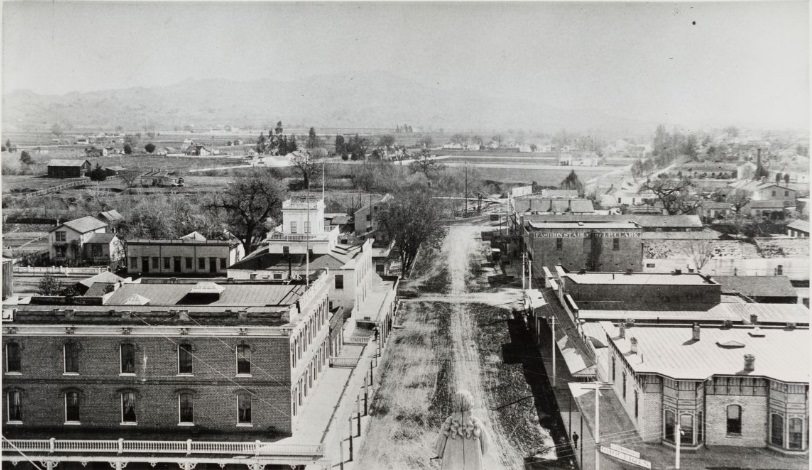
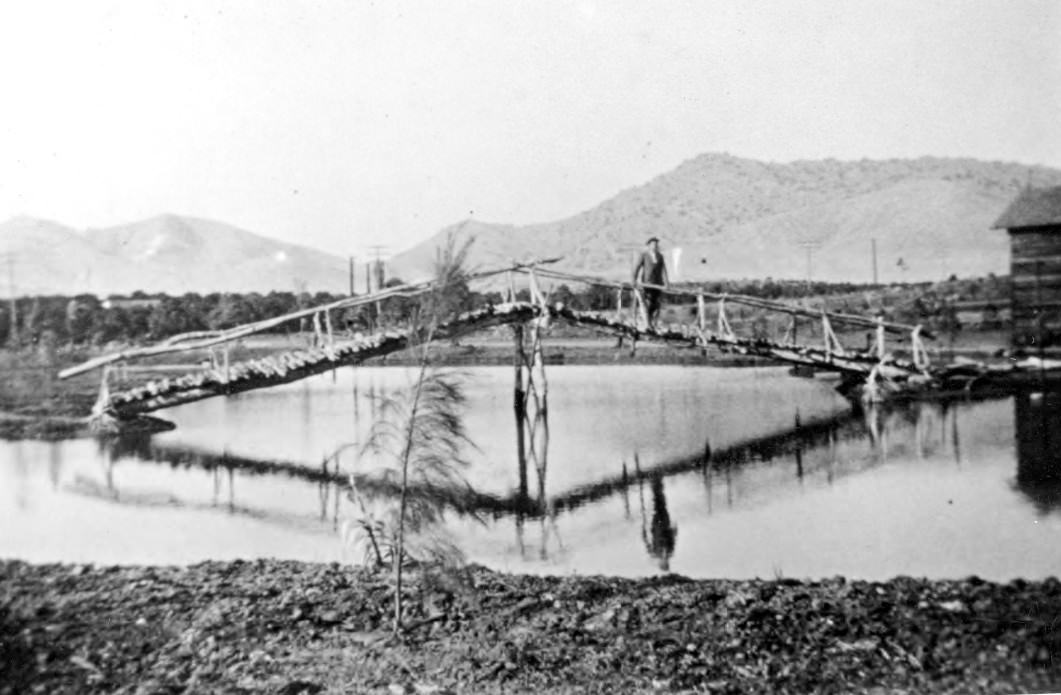
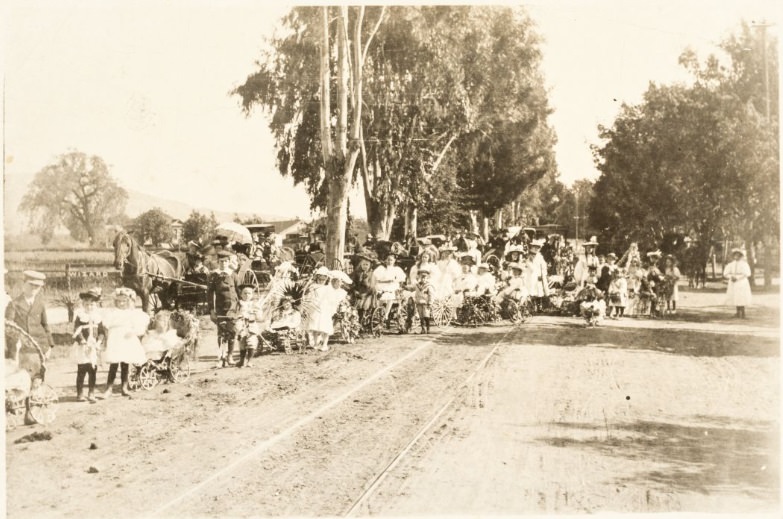
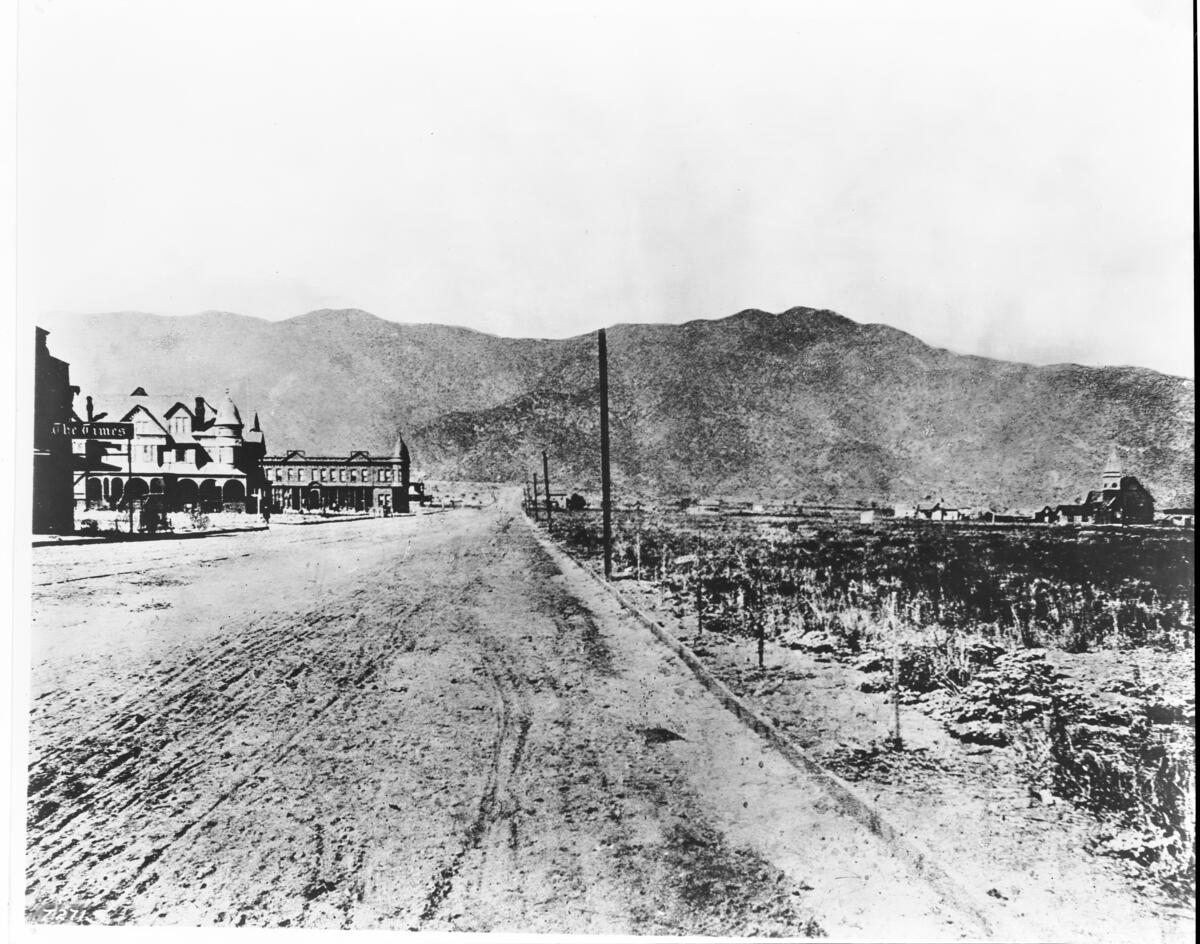
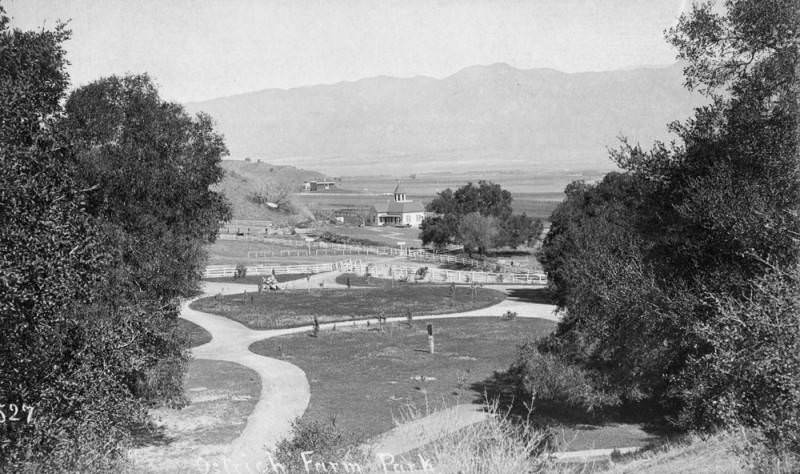
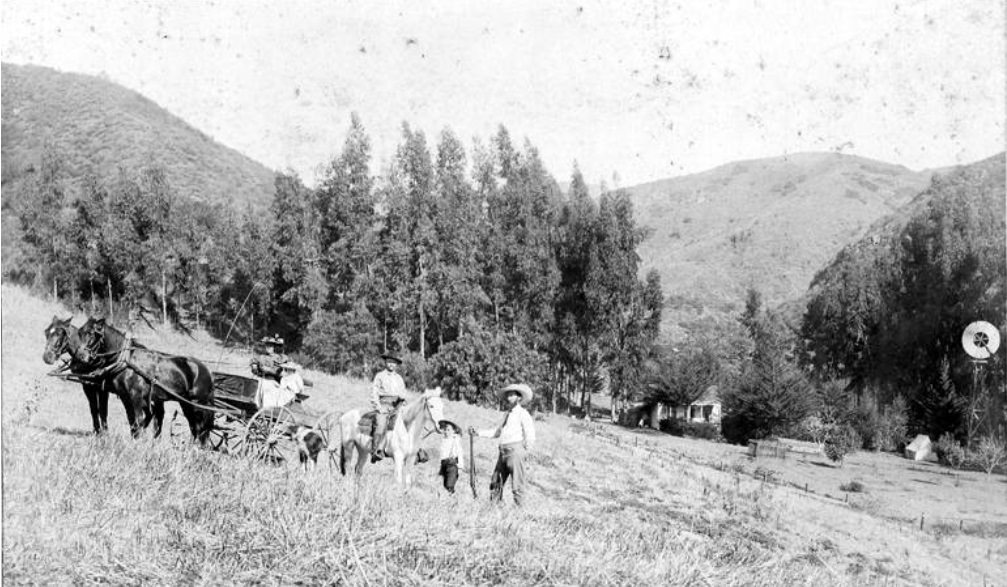
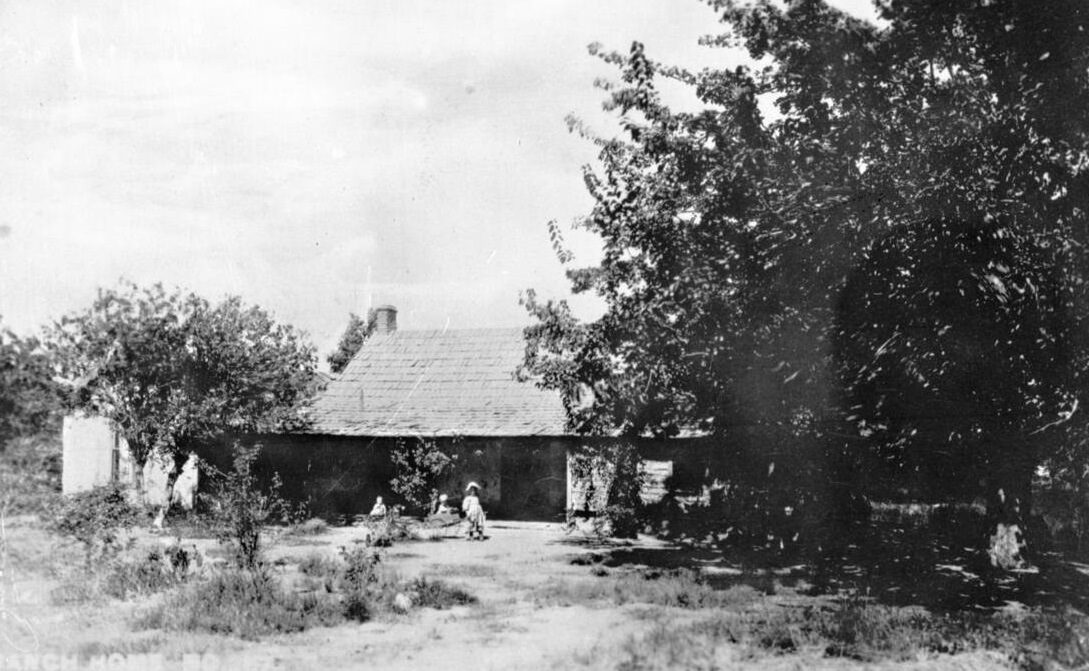
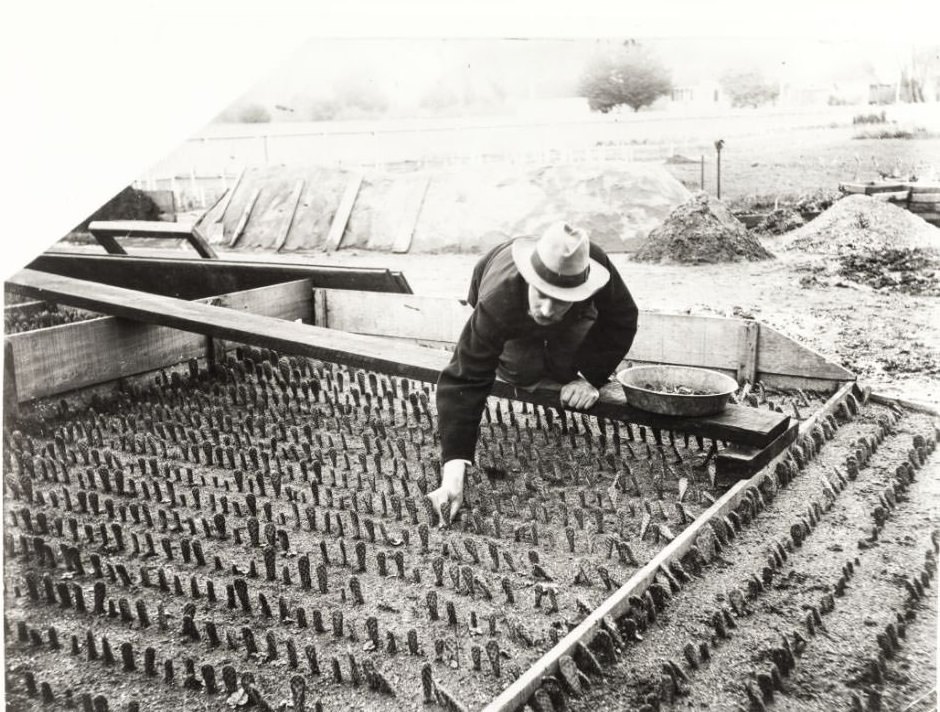
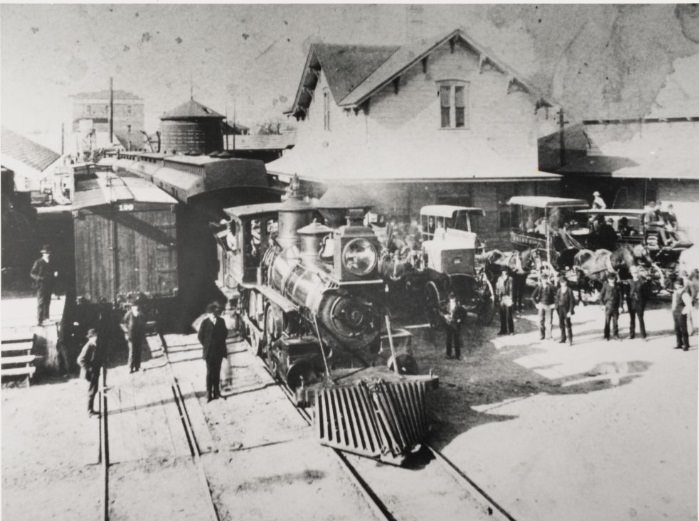

I sometimes wonder what it would have been like to explore the Verdugo for the first time.
The old photos are interesting, but half of the list is Luther Burbank’s birthplace. Luther Burbank was not born in Burbank, California.
Very cool seeing some old photos of Burbank.